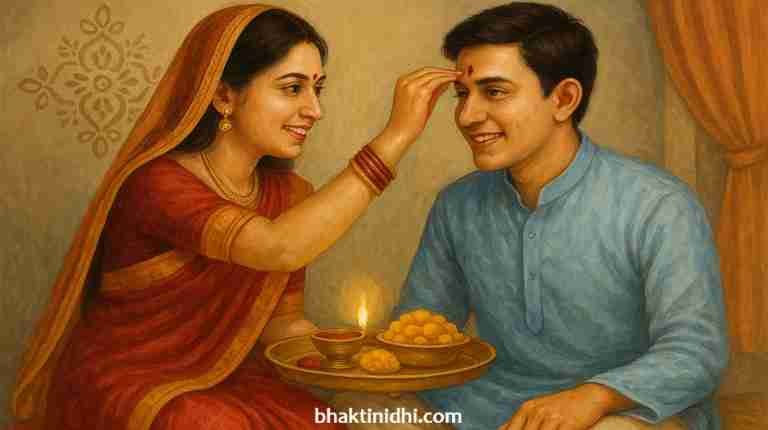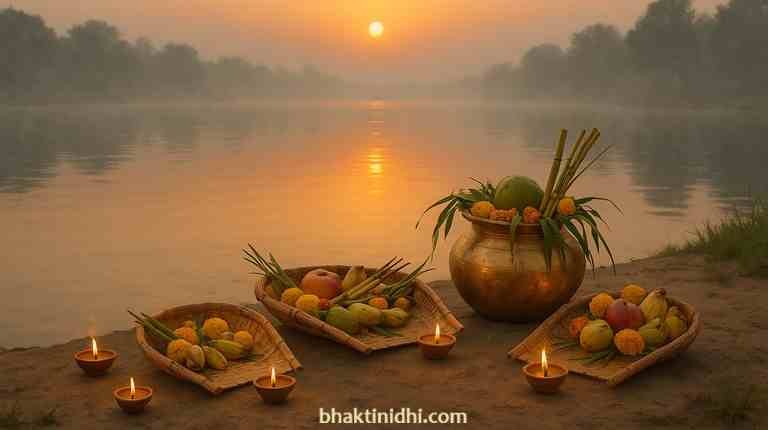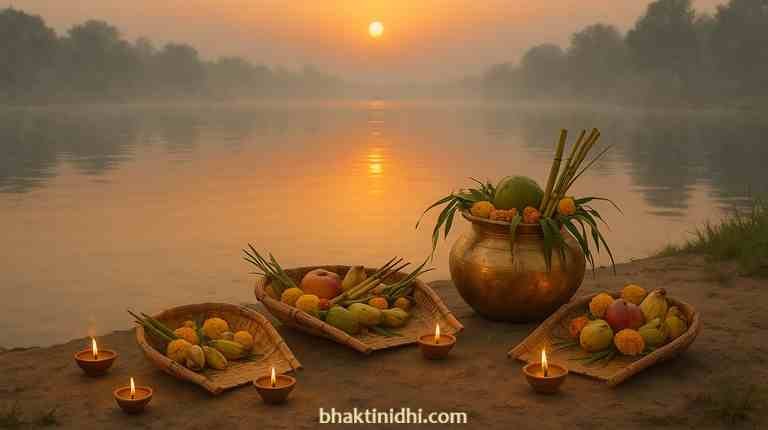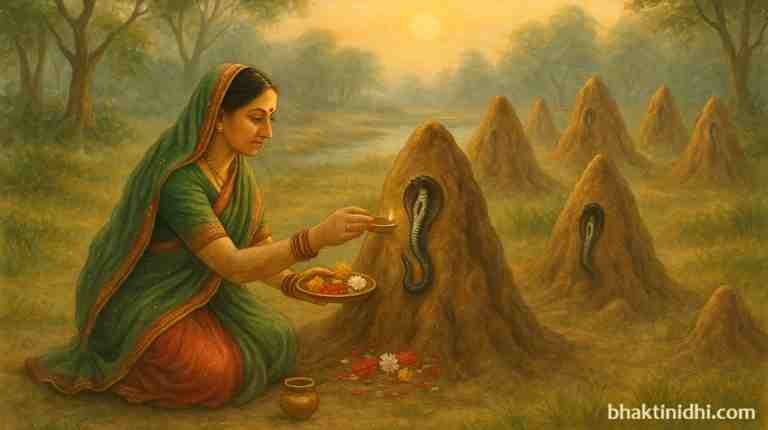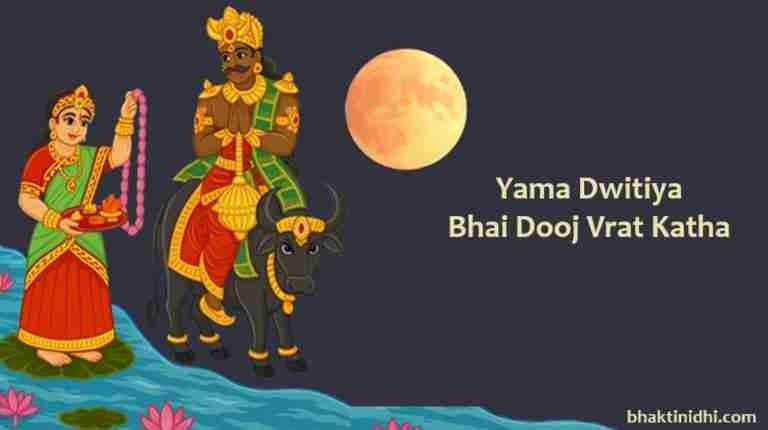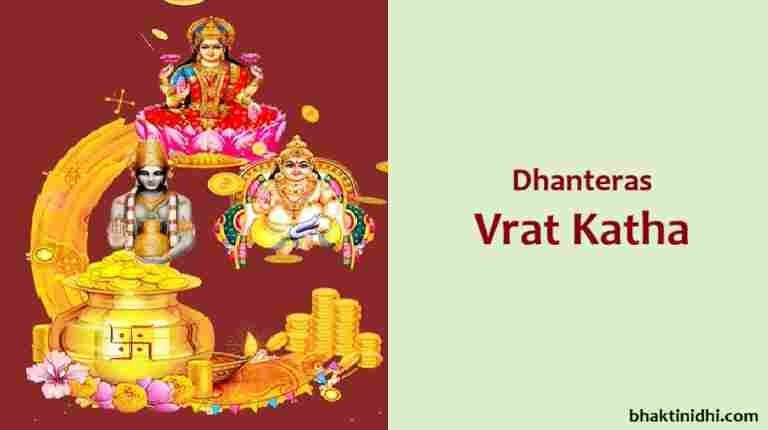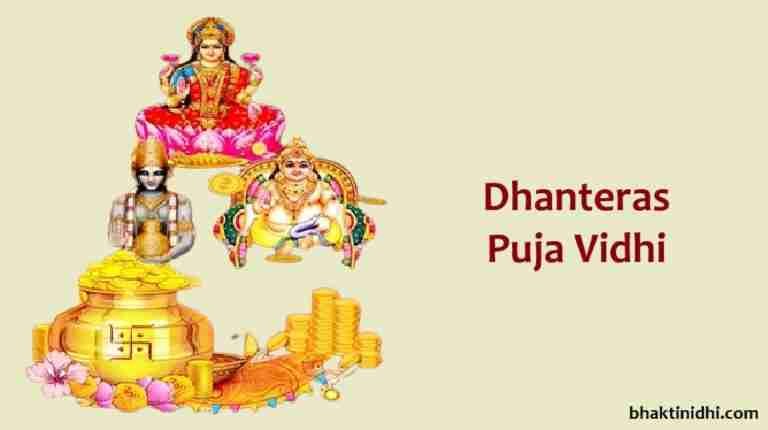Bhaiya Dooj (also spelled Bhai Dooj or Bhai Duj) is hindu festival, celebrating the pure and selfless bond of love, duty, and protection between brothers and sisters. It is observed on the Dwitiya Tithi of the Shukla Paksha in the month of Kartik, which usually falls two days after Diwali.
The festival marks the culmination of the five-day Diwali celebrations — beginning with Dhanteras, followed by Naraka Chaturdashi, Diwali, Govardhan Puja (Annakut), and finally Bhaiya Dooj. Each of these days carries deep spiritual symbolism, and Bhaiya Dooj completes the series by highlighting family love and moral duty.
Unlike Raksha Bandhan, where the sister ties a rakhi on her brother’s wrist, Bhai Dooj emphasizes the ceremonial tilak, and blessings between siblings.
Bhaiya Dooj Festival
Bhaiya Dooj Calendar & Date
Bhaiya Dooj is observed on the second lunar day (Dwitiya Tithi) of the Shukla Paksha in the month of Kartik, which usually falls two days after Diwali.
This year, Bhaiya Dooj is celebrated on 23 October 2025.
Bhaiya Dooj Legends
Yama Dwitiya – The Legend of Yamaraj and Yamuna
This is the most popular story of Bhai Dooj. In Hindu mythology, Lord Yama, the god of death, has a twin sister named Yamuna (Yami). Due to his duties as the divine judge of souls, Yama was unable to visit her for many years.
One day, after much longing, Yama finally went to see Yamuna. Overjoyed, she welcomed her brother with flowers, sweets, and a ceremonial tilak on his forehead. She prayed for his well being and longevity, while Yama, moved by her affection, blessed her and declared:
“On this day, any brother who receives a tilak and prayers from his sister shall be granted long life and prosperity.”
From then on, the day came to be celebrated as Yam Dwitiya, honoring the love between brother and sister.
The Legend of Krishna and Subhadra
Another significant story related to Bhai Dooj is between Lord Krishna and his sister Subhadra.
After Krishna’s victorious battle with the demon Narakasura, he visited Subhadra in Dwarka. Seeing her brother covered in the dust and blood of war, Subhadra warmly welcomed him home. She performed an aarti, applied a tilak on his forehead for protection, and offered him sweets and flowers. Krishna smiled and blessed her – symbolizing the protective love between siblings.
Thus, the Krishna-Subhadra legend gives Bhaiya Dooj its emotional and devotional essence, associating it with love, triumph of good, and family unity after struggle.
Rituals & Traditions
The rituals of this festival may vary by region, but the essence remains the same – a sister’s prayers for her brother’s long life and happiness, and the brother’s promise of protection and love.
-
- Preparation
- Sisters prepare a Puja thali (plate) containing:
- A diya (lamp) of Ghee or Oil
- Tilak material – Roli (vermilion), kumkum
- Akshat (Rice grains)
- Flowers and Sweets
- Coconut and betel leaves (in some traditions)
- Sisters prepare a Puja thali (plate) containing:
- Tilak Ceremony
- The brother sits facing east or north.
- The sister applies a tilak on his forehead, often made of sandalwood, vermilion, or turmeric and rice.
- The aarti is performed with a lit lamp, symbolizing the light of divine protection and love.
- Sisters pray for their brother’s long life, health, and happiness.
- Exchange of Gifts and Blessings
- The brother gives his sister gifts, money, or sweets, expressing gratitude and affection.
- Some sisters fast until the tilak ceremony is complete, and then share a festive meal together with their brother. Delicious sweets like basundi, kheer, laddoo, puri halwa, barfi, gujia, etc., are often prepared for the celebration.
- Bhai Dooj Vrat Katha
- Read or listen to Bhai Dooj Vrat Katha especially the Yama Dwitiya Katha
- Preparation
Spiritual Significance
Bhaiya Dooj carries profound philosophical and emotional symbolism. It emphasizes mutual respect, affection, and duty between siblings – the brother protects the sister physically, and the sister protects the brother spiritually through her prayers.
The tilak represents the third eye, the center of intuition and protection. When a sister applies it, she invokes divine blessings to guard her brother from evil, danger, and premature death. The Lamp (Diya) symbolizes the light of knowledge and purity, dispelling the darkness of ignorance and misfortune. The sister’s act of waving the lamp signifies her wish that her brother’s path in life always remain illuminated.
The festival encourages reunion and reconciliation. Families come together, strengthening emotional ties and fostering peace after the festive chaos of Diwali.
